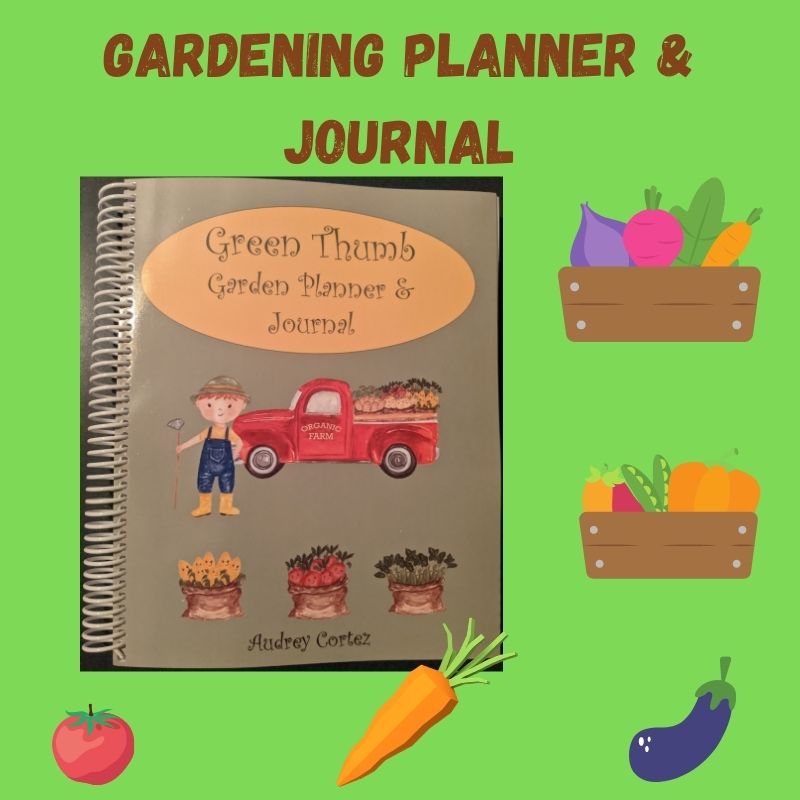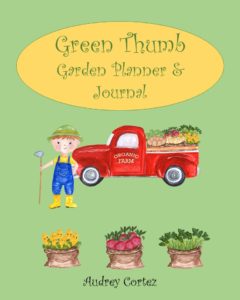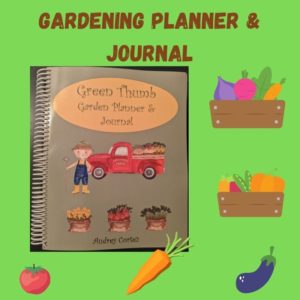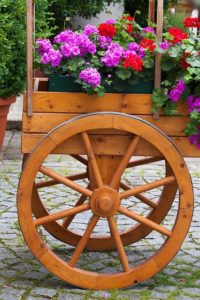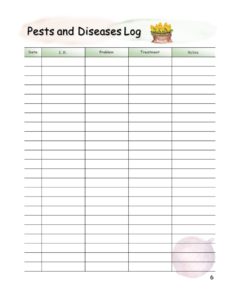Regardless of where your mental “un”wellness comes from, you might currently be looking for a way to relieve the symptoms and live a happy, fulfilling life. Learn why gardening can make you feel better!
Gardening is starting to become one of the most popular activities for people with mental “un”wellness. It is good for your mental wellness for several reasons, from getting you outside to catch some vitamin D from the sun’s UV rays, to having something you care for and watch thrive due to your own efforts. Continue reading to learn how gardening might just be the answer to relieving your symptoms.
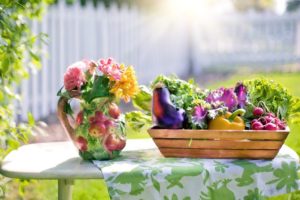 The Mental Wellness Benefits of Gardening
The Mental Wellness Benefits of Gardening
Let’s first talk about how gardening can benefit your mental wellness. This is sometimes called horticultural therapy, as you get an almost instant mood lift just from tending your garden. Some specialists believe it has to do with participating in an outdoor activity, while others believe it goes much deeper than that.
- Gardening Uses Multiple Senses
When you garden, there is a lot that is happening. First of all, you are using a lot more of your senses than you would if you were holed up inside your room during a depressive episode or in the middle of a panic attack. You have the sounds of nature in the bees and birds, you feel the seeds, soil, flowers, and plants underneath your fingerprints, and you can smell the many aromas while you are gardening. This provides excellent cognitive stimulation, which is known to be helpful with people who struggle with mental wellness.
- The Satisfaction Boosts Your Mood
Another way your mental health can benefit from gardening is due to the feeling of satisfaction you get. This occurs during nearly every step of the gardening process. From when you prepare the land by clearing out weeds and leveling out the soil and testing the soil, to choosing the seeds, planting, and watering them, and watching them grow. You can also get a lot of benefits if you choose to start a vegetable or herb garden when you start seeing them grow.
- You Raise Your Endorphins
Don’t forget about those endorphins! Any form of exercise can really get your blood pumping, which allows your brain to release endorphins, the chemical in your brain that produces happy feelings. Gardening is a highly physical activity that gets you sweaty, burns calories, and elevates your body temperature, all of which can lead to releasing those wonderful endorphins.
- It Boosts Your Self-Esteem
Part of mental “un”wellness for many people is feeling inadequate in comparison to others. You might feel very down on yourself and are constantly self-deprecating. This can lead to an overwhelming sense that you aren’t good enough, which can send you into an even deeper darkness. With gardening, you have the opportunity to turn that around. When you are successful at this activity and actually see the fruit (sometimes literally) of your labors, it helps to boost your self-esteem.
- Balance Out Your Serotonin and Dopamine Levels
Delving a little deeper into how gardening helps with your mental wellness leads to the topic of serotonin and dopamine levels. Both of these can have some control over how you feel, which certain activities might be able to help with.
First, serotonin is a type of neurotransmitter in your brain that gives signals to your brain. Serotonin is a chemical neurotransmitter than can have control over your mood, sexual function, memory, sleep, appetite, and even your social behavior. The fact that it can affect your mood is why people are concerned about the link between serotonin and depression.
When you get your hands dirty, have physical exercise, and start seeing the satisfaction for your gardening efforts, it can help raise your serotonin levels. Since low serotonin levels are often linked to depression, this in turn can help you find some relief with less depressive episodes overall.
- Gardening Helps Boost Your Dopamine
Dopamine is another chemical in your brain that can be improved with gardening. Dopamine is also a chemical neurotransmitter that can affect your mood and various other systems within your brain and body. This neurotransmitter has the potential to turn into a form of epinephrine, which can help give you a feeling of euphoria in a natural way, like how exercise release endorphins, that will then make you feel happier.
There have been studies that look at the link between high levels of dopamine and the harvesting of gardens. Research suggests that when you hunt and gather, as well as harvest the flowers and vegetables you have grown in your backyard garden, it gives you a nice boost of dopamine. This turns into happy feelings and an uplifted mood, which can then help with your depression. Here is an article from Psychology Today describing additional mental wellness benefits of gardening https://www.psychologytoday.com/us/blog/think-act-be/201906/10-mental-health-benefits-gardening
How to Get Started with Gardening
Now that you know the different ways gardening can help with your mental wellness, it is time to learn the act of gardening itself! Remember that this is an activity with a lot of different options. You don’t have to be an expert gardener that plants an elaborate display of exotic flowers in your yard. You can start small and work your way up. There is a lot to learn, so don’t hesitate to get some gardening books as well. Here are some beginner tips for getting started with gardening.
Grab a copy of the Green Thumb Garden Planner & Journal here: https://shop.holisticwellnessrn.com/product/green-thumb-gardening-planner-journal/
- Know What Grows in Your Area
First, you need to get to know your region and figure out what grows well in your area. This requires looking at zone maps to determine your region, then finding out what grows best in your region. For the Unites States, the USDA Hardiness Zone Map is what most people go by. Here is that link: https://planthardiness.ars.usda.gov/PHZMWeb/. You can use the map to pinpoint your geographical area by zip code or state.
- Test and Prepare Your Soil
Once you know what can be grown in your region, you need to learn more about what you will be able to grow. You don’t want to cause more stress by growing something that never flourishes and discover you can’t get it to grow properly. Instead, take some time first to test the soil. This will help you learn more about the pH level and what nutrients it has. You then know if you need to treat the soil before planting.
- Choose Between Seeds and Potted Plants Next you can decide how you want to plant the shrubs and flowers in your garden. If you feel comfortable enough, you can start some things from seeds. This does take a little longer to get them to grow, but it can be an extremely rewarding experience. It is somewhat of a cathartic experience when you place seeds in the soil with your own two hands, then watch as it grows to a tall sunflower plant, head of lettuce, or a tropical plant. There is also the option of starting with potted plants, which is great for beginners. You still get satisfaction from keeping it alive and growing your garden while also tending to it each day.
- Create a Fertilizer and Watering Schedule
To make sure you keep up with your gardening, create a schedule from the very beginning. Keep in mind that seeds need more care and watering in the beginning, but then the fertilizing and watering reduces as it starts to grow. You want to make sure you are watering manually instead of setting sprinkler timers for gardening. While sprinklers work great for the lawn, they are not ideal for planting.
- Take Care of Pests
Don’t forget about pests! They can really do a number on your plants and make it difficult to keep up with them. Get to know the types of pests that frequent different types of plants and trees. For example, you might see small insects like whiteflies and aphids over your plants, root maggots around your vegetables and soil, and grasshoppers in the bushes and tucked inside your shrubs close to the ground. Find a natural way to eliminate the pests. There are pages in the Green Thumb Garden Planner & Journal dedicated to tracking which pests are affecting your garden. See below:
Now is the time to get your garden started! Start small and bring something to life with your own hands. As you can see, having and maintaining your own garden does wonders for your mental wellbeing!

